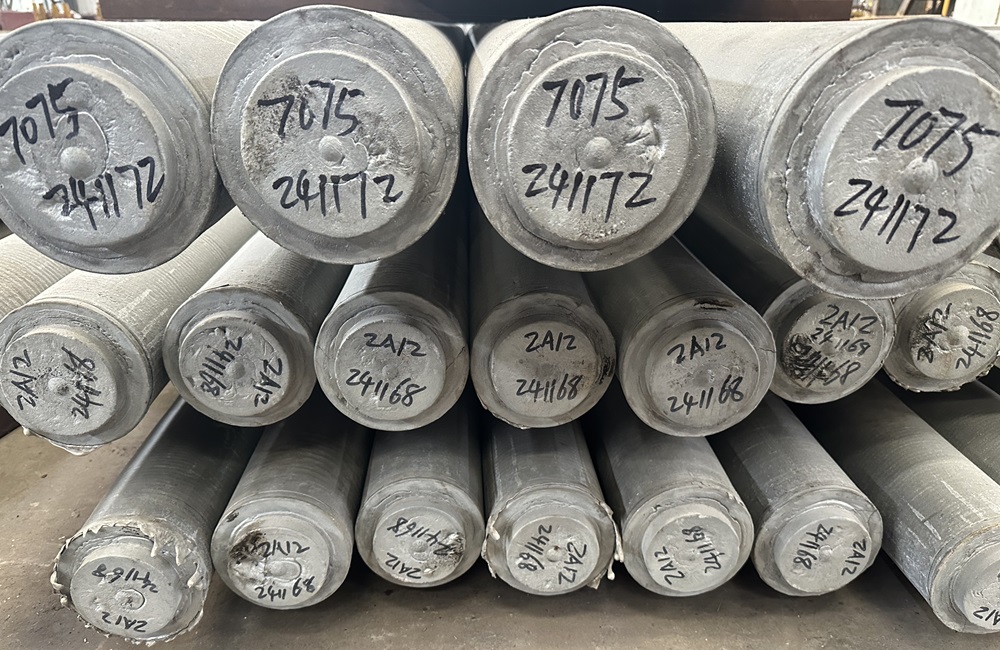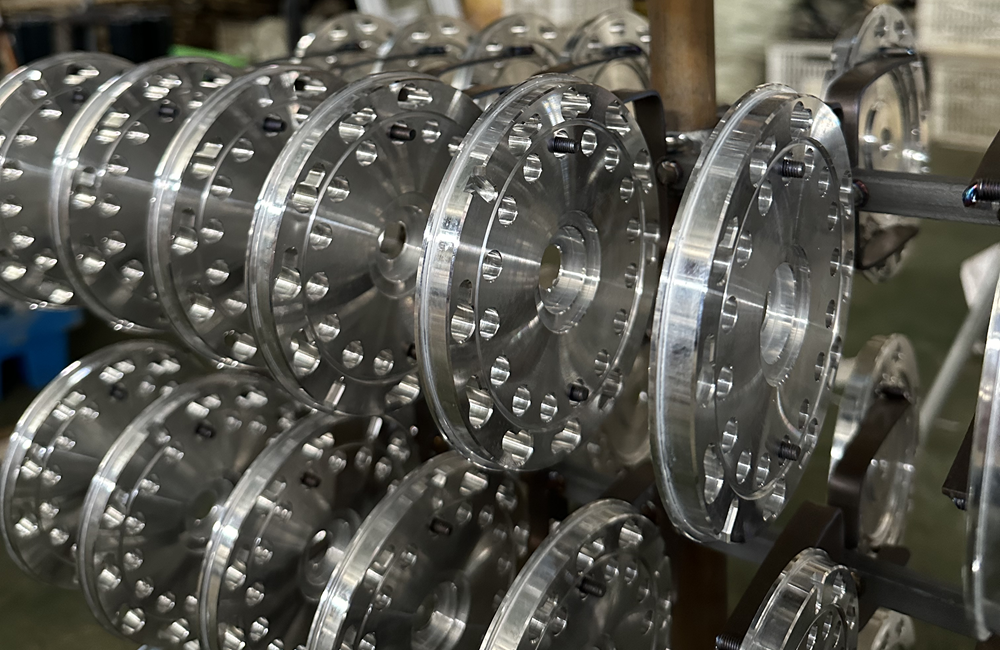7075 aluminum alloy, as a 7 series aluminum alloy with high zinc content, is widely used in aerospace, military and high-end manufacturing industries due to its excellent mechanical properties and lightweight characteristics. However, there are some challenges when performing surface treatment, especially when performing anodizing to enhance its corrosion resistance and surface hardness.
Anodizing is an electrochemical process through which an aluminum oxide film can be formed on the metal surface to improve its wear resistance, corrosion resistance and aesthetics. However, due to the high zinc content in 7075 aluminum alloy and the composition characteristics of Al-Zn-Mg alloy, some problems are prone to occur during anodizing:
1. Uneven color: The zinc element has a greater impact on the oxidation effect, which can easily lead to white edges, black spots, and uneven colors on the workpiece after oxidation. These problems are particularly evident when trying to oxidize it into bright colors (such as red, orange, etc.) because the stability of these colors is relatively poor.
2. Insufficient adhesion of the oxide film: When the traditional process of sulfuric acid anodizing is used to treat 7 series aluminum alloys, due to the uneven distribution and segregation of aluminum alloy components, the size of the micropores on the surface of the oxide film will vary greatly after anodizing. This leads to differences in the quality and adhesion of the oxide film at different locations, and the oxide film at some locations has weak adhesion and may even fall off.
In order to solve these problems, it is necessary to adopt a special anodizing process or improve the existing process, such as adjusting the composition, temperature and current density of the electrolyte, which will affect the quality and performance of the oxide film. For example, the pH of the electrolyte will affect the growth rate and pore structure of the oxide film; the current density is directly related to the thickness and hardness of the oxide film. By precisely controlling these parameters, an anodized aluminum film that meets specific needs can be customized.
Experiments show that after anodizing the 7 series aluminum alloy, an oxide film with a thickness of 30um-50um can be obtained. This oxide film can not only effectively protect the aluminum alloy substrate and extend its service life, but also meet specific performance requirements by adjusting the process parameters. The surface of the aluminum alloy after anodizing can also be dyed to absorb organic or inorganic pigments to give the aluminum alloy rich colors to meet different aesthetic requirements.
In short, anodizing is an effective means to improve the performance of 7 series aluminum alloys. By adjusting the process parameters, a protective film that meets specific hardness and thickness requirements can be prepared, which greatly expands the application field of aluminum alloys.
Post time: Oct-19-2024



